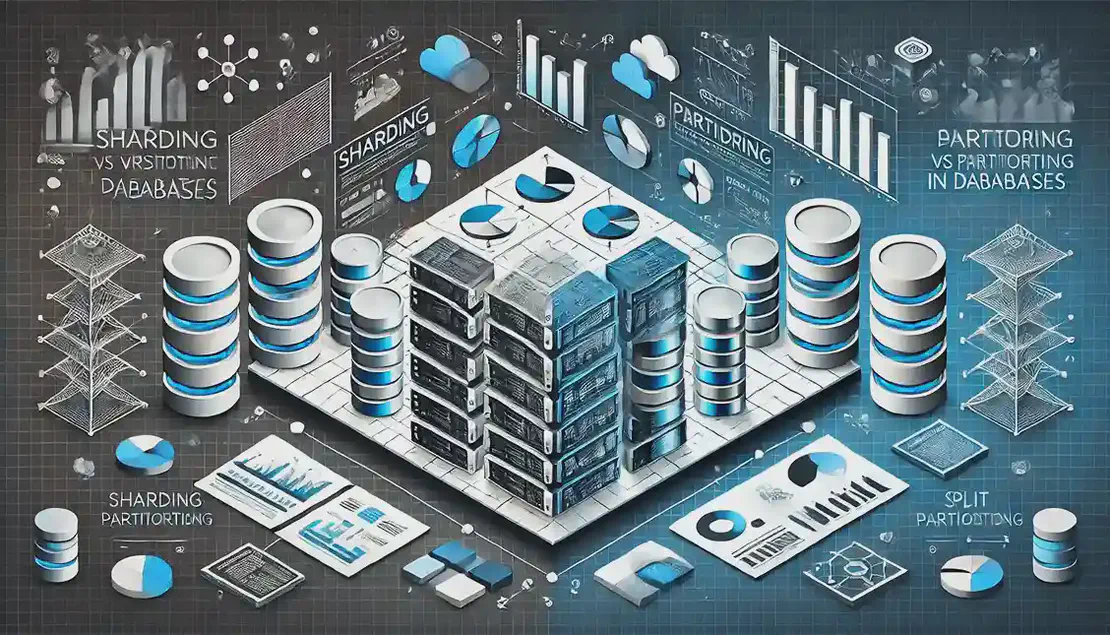Scalability
- Home /
- Categories /
- Scalability

Understanding Database Partitioning
🔍 Definition — Database partitioning is a technique used to divide a large dataset into smaller, more manageable pieces called partitions. This helps improve the performance and scalability of the database system.
Read More
Sharding vs Partitioning in Databases
🔍 Definition — Sharding is a type of database partitioning that involves distributing data across multiple servers, while partitioning generally refers to dividing data within a single database instance.
Read More
12 Factor App Principles Explained
📜 Codebase — Maintain a single codebase tracked in version control, with multiple deployments. This ensures consistency across environments and simplifies the management of different application versions.
Read More
Consistent Hashing in System Design
🔄 Definition — Consistent hashing is a distributed hashing technique used to distribute data across multiple nodes in a network, minimizing the need for data redistribution when nodes are added or removed.
Read More
Types of Load Balancing Algorithms
🔄 Load Balancing Algorithm — A load balancing algorithm is a set of predefined rules used by a load balancer to distribute network traffic between servers, ensuring no single server becomes overloaded.
Read More
Kubernetes Architecture Explained
🔧 Control Plane — The control plane manages the overall state of the Kubernetes cluster. It includes components like kube-apiserver, etcd, kube-scheduler, and kube-controller-manager, which handle tasks such as API management, data storage, scheduling, and running controller processes.
Read More
Timeout Pattern in Microservices
⏳ Timeout Pattern — The timeout pattern in microservices is a design strategy used to handle delays and failures in service communication by setting a maximum wait time for responses.
Read More
Service Discovery in Microservices
🔍 Definition — Service discovery is a mechanism that allows microservices to locate and communicate with each other within a distributed system. It is essential for managing the dynamic nature of microservices environments.
Read More
Service Mesh: Managing Microservices Communication
🔍 Definition — A service mesh is an infrastructure layer that manages communication between microservices in a distributed system, providing tools for traffic management, security, and observability.
Read More
Understanding Database Sharding
Understanding Database Sharding
🔍 Definition — Database sharding is a method of distributing a large database across multiple machines to improve performance and scalability.
Read More